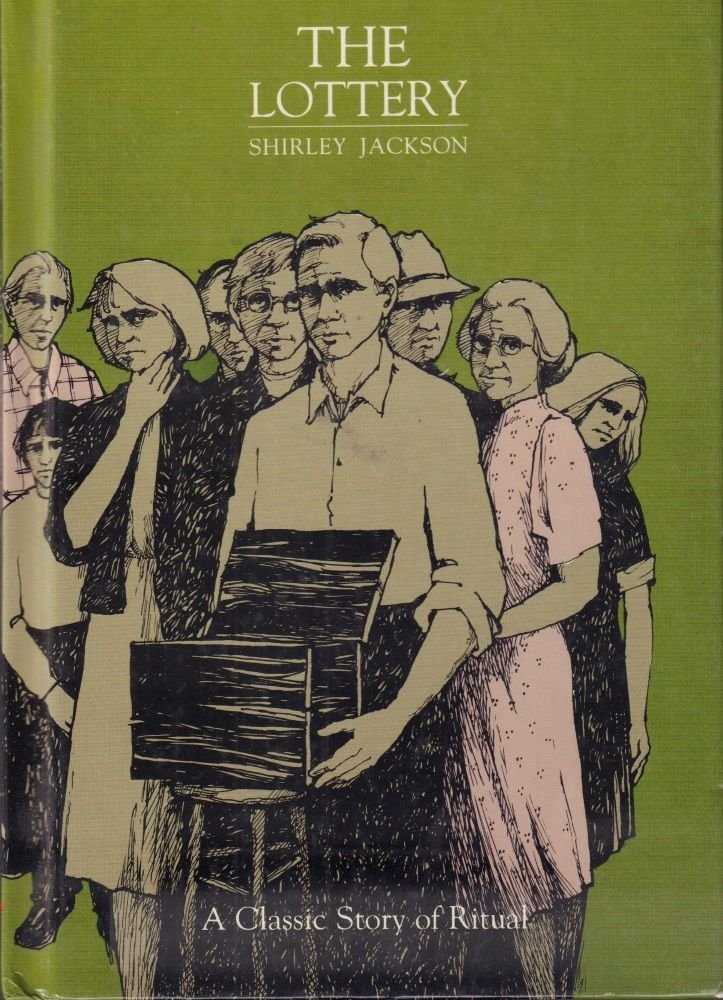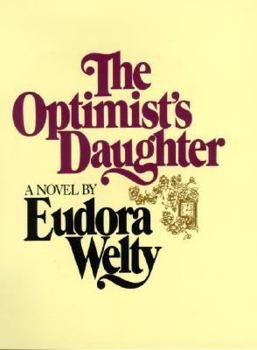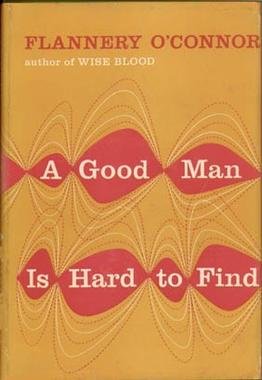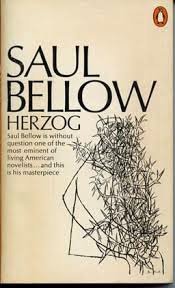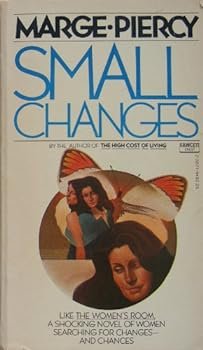Part Two: Nice Work if You Can Get It
This blog post is the second of what has now become a four-part series that explores the arc of my relationship with reading from childhood to the present. As I was responding to the theme of our most recent Women Rowing North Writing group, Our Relationship with Books, it occurred to me that the way my relationship with reading has evolved over time is as significant as the books I choose to read. My dispositions as a reader, like most of us, were influenced by factors beyond my interests and passions. I continue to explore this here in Part Two.
The journey to adulthood causes many of our childhood passions to evolve into somewhat unsatisfying facsimiles. Before you know it, running to every destination can turn into lazing around. Play becomes “hanging out.” The angst of youth can turn curiosity into self-doubt. But reading? Shouldn’t that be a constant? My reading eras continued to evolve through high school and college. The variety of influences on my reading tastes still surprises me. Not yet a “reader,” I would begin to form some lasting bonds with certain authors, genres, and books.
I guess I would call high school my If I Have To Era of reading. I carried over my love of Ingenue Magazine from junior high, but no love of books had blossomed. Once in high school, I can’t remember reading books of my own choice that were fiction because there was so much assigned reading. Of course we were assigned the classics. Often it was the most boring ones that had been assigned for the last twenty or so years (at least), and the old torn copies didn’t make the task any more alluring. By my senior year, there was a Modern Short Fiction elective. I came away with memories of D.H. Lawrence’s The Rocking Horse Winner and of course, Shirley Jackson’s The Lottery. Prior to that, even Shakespeare hadn’t made much of an impression, other than a misguided sense of pity I felt for Richard III. I did read non-fiction for the utilitarian value of learning something. By chance, I had heard Baba Ram Dass on an FM radio station, and I was hooked on learning more about yoga and meditation. I remember writing a paper for psychology class trying to naively weave connections among Christianity, modern day psychology, and yoga. But I didn’t leave high school as a passionate reader. As a matter of fact, I have a strong memory of just leaving any personal books in my locker as I headed out the door on the last day of my senior year singing the Alice Cooper anthem, “School’s Out!”
College seemed to start out much in the same way. But my relationship with reading started to shift in an American Fiction class. Although I barely tolerated the professor (and he, me), I started to form an attraction, through critical reading (who knew!), with a group of writers Susan Cheever referred to as American Bloomsbury in her 2007 book (still one of my favorite rereads). The class focused on Emerson, Thoreau, Hawthorne, and Melville (Did my old southern professor leave out Louisa May Alcott because he was indeed the misogynist I thought he was?). The class included a smattering of Poe for contrast. I was also introduced to literary criticism journals, mostly on microfiche (ah, the memories), and formed a second, even stronger attraction. Kirkus, Sewanee, and the Kenyon Reviews were three of my favorite journals.
By the time I’d taken my second literature class, Literature of the Southern Renaissance, something took hold of me. I declared English as my second major and entered my English Major for Life Era. Friends from the psychology department (my other major) asked what I did in my classes now that I wasn't running rats through mazes (yes, we really did awful stuff like that). “What do I do? Well, I get to read books, research in journals, and write a lot of essays.” How quickly that became my own little version of heaven surprised no one more than me. “Nice work if you can get it….” I smiled to myself as I watched my carpool crowd suffer through advanced economics and engineering classes.
Back to those books and stories from “The South.” We started our journey into Southern Literature with The Fugitive Poets. The poetry of John Crowe Ransom and Robert Penn Warren grabbed me by the lapels of my work shirt, and I became a devotee of poetry once again. I can still hear the lines from the last stanza of Ransom’s “Bells for John Whiteside’s Daughter”:
But now go the bells, and we are ready,
In one house we are sternly stopped
To say we are vexed at her brown study,
Lying so primly propped.
To be “vexed” by something as tragic as a child’s death seemed to foreshadow the tone of the fiction we were about to read. We read Faulkner’s Absolum, Absolum, in which the darkness of the past beats up the main character over and over again. Later we read Eudora Welty’s The Optimist’s Daughter, whose main character showed us that the past does not need to be an oppressive nemesis.
But the goddess queen of my Southern Goth Era was Flannery O’Connor. To this day, when I see a peacock, I am transported back to college and those stories, and still wondering why I didn’t pursue a dream of vacationing for a week in the Vanderbilt University Library. As an author, O’Connor was pretty consistent in her themes and depictions in both novels and short stories. Her works were stark portrayals of poverty, class, violence, and ugly underbellies. In many ways I think I have her to thank for my love of psychological thrillers. I still have my large collection of her work and a biography that is yet to be read. I think both need to be on my TBR list.
By the time I had my last literature class in college, American Contemporary Short Fiction, the focus turned to characters’ lives complicated by ennui, existential crises, and blaming anything but themselves for their lot in life (often blaming women– looking at you, Saul Bellow). This was my It’s All Meh Era. Of the authors I remember (Updike, Bellow, Didion, and Oates), it’s the stories from Joyce Carol Oates’ Upon the Sweeping Flood that stand out. Clearly as influenced by Faulkner and O’Connor as I had become, these stories had similar regional and religious undertones to those two authors. But more than that, these stories had the gothicism, grotesquerie, and violence that characterized much of the southern literature I had read. So, in one of my final classes, I wrote a ten page essay about “Gothicism, Grotesquerie, and Violence in Joyce Carol Oates’ Upon the Sweeping Flood.” I got an A with a string of pluses next to it and comments full of gushing praise from my professor. But more than that, I had learned to marry literary criticism with comparative story, a skill that would serve me well in the coming decades as a reader and as an educator.
Although, technically, I still wasn’t reading for pleasure, what I did read in college English classes left me satisfied as a reader, if not a little big smug. My senior year of college was to be focused on some education classes so I would actually be able to find a job. During the long stretch of mid-May to mid-August before that senior year, this newly opinionated English major was anchored in a boring job that could only be satisfied by the heretical mass market paperback. My search for deeper meaning would be on hiatus for the summer of 1978. My job? I sold hotdogs from a cart in front of our family business to make just enough money to buy my fall semester books and party on the weekends. The stand, which steamed in the hot sun along with the hotdogs, was far from popular. I had hours to sit in a lawn chair, get a good tan, and read a growing collection of paperbacks from Houghton’s Bookstore, right across the street. That summer I read Looking for Mr. Goodbar, August, Attachments, and To the Precipice all by Judith Rossner. I read The Women’s Room by Marilyn French, Jessica’s Wife by Hester Mundis, and Small Changes by Marge Piercy. I remember every one of those books and how they made me feel. I would call my taste in fiction at the end of that summer my Cosmopolitan Era – not because I was worldly or sophisticated, but because I read Helen Gurley Brown’s magazine religiously. Those summer books were much like the magazine articles. But the portrayals of being a liberated female and the seeds of feminism were not lost on me.
In my senior year of college, I had decided I was on my way to teaching high school students everything I learned about literature as an English major (yes, the trap future teachers are all warned about). During that journey, a few notable things happened. My high school student teaching stint was a disaster. My middle school practicum was a bit better because the focus was on teaching writing. But it would be an understatement to say I didn’t love it. Discouraged, I had one more opportunity to teach English and Reading to a fifth grade classroom. It. Was. Magical. They seemed to be as fascinated by grammar and the stories in their readers as I was…because that’s how ten year olds are. And the poems we read aloud excited them to write their own, illustrated by watercolors we took long winter afternoons to paint. That experience, along with substitute teaching a group of sixth graders who played chess while listening to classical music, sealed my fate, leading to my next journey in my arc as a reader.
The arc of anything is both refreshingly ordinary and uncomfortably complicated. Neither has been the primary influence in my reading journey, although as an unreliable narrator of my own life, I’d lean toward “uncomfortably complicated.” As I continue to explore my arc as a reader, the ordinary and the complicated seem to be working in serendipitous tandem, bouncing off the universals of love, loss, stress, boredom, work, exhaustion, discovery, and joy.
I can’t believe it’s been a year of blogging for me already here at The Precious Days. In honor of hanging in there with me, Readers, I would like to celebrate with a BOOK GIVEAWAY. If you make it to the end of this series (which is now in Four Parts), leave me a Comment on Part Four (published two weeks from now), and you will be entered in a BOOK GIVEAWAY for a brand new copy of Kristin Hannah’s The Women. Unfortunately, due to the cost of postage, I need to limit this BOOK GIVEAWAY to my subscribers in Canada and the US.




